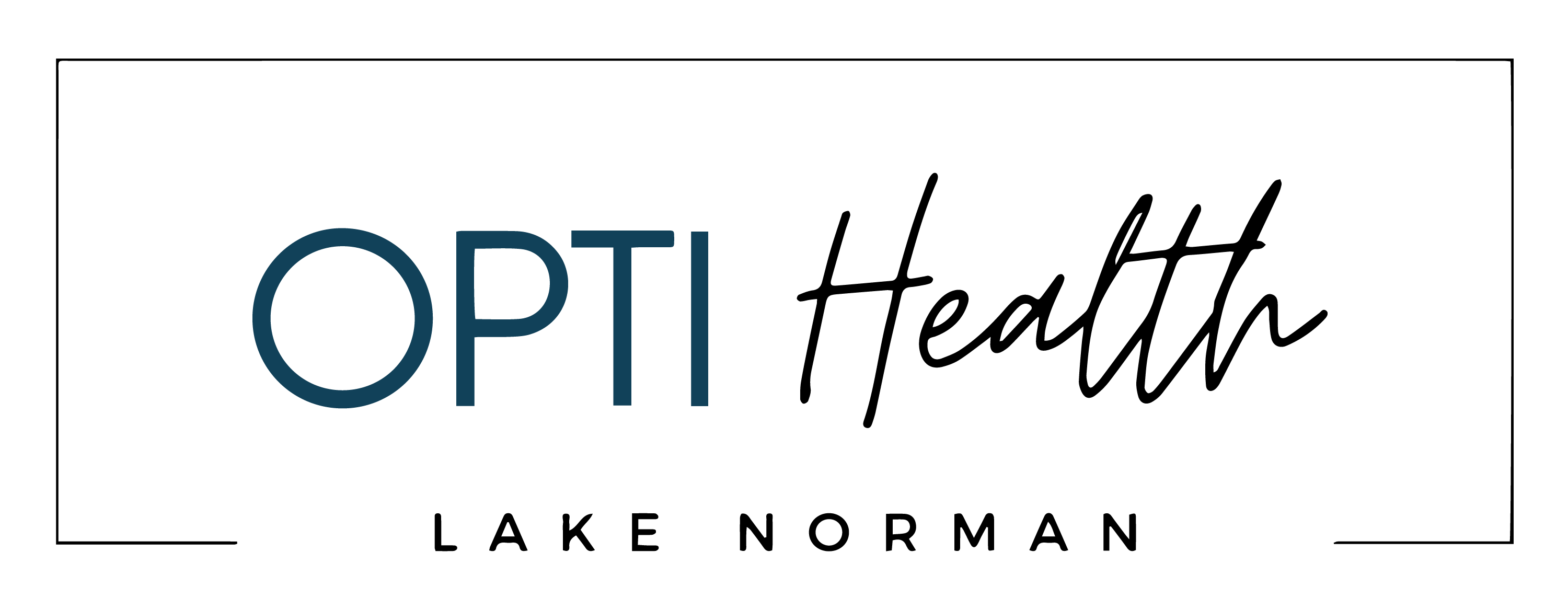Delina H. Bishop, Stacy Sweeney, Michael Sweeney
ABSTRACT
A 31-year-old male Army Veteran diagnosed with post-traumatic stress disorder (PTSD) and traumatic brain injuries (TBI) participated in a 12-week study evaluating the effectiveness of a multi-modal treatment approach. The regimen included intermittent hyperoxic/hypoxic training (IHHT), red light therapy, neurofeedback, NAD+ IV infusions, and oral supplementation.
The study observed significant improvements in PTSD and depression scores, qEEG neurofeedback results, pulmonary function, and subjective client benefits, underscoring the effectiveness of short-term interventions and an HBOT-centric protocol.
Case Report
A 31-year-old male Army Veteran is diagnosed with chronic post-traumatic stress disorder, traumatic brain injuries, and exposure to airborne contaminants. His symptoms included hypervigilance, insomnia, emotional dysregulation, negative thought patterns, poor focus derived from PTSD symptoms, and diminished cardiovascular capability due to burn pit exposure.
The 12-Week Protocol included Hyperbaric Oxygen Therapy (HBOT), Intermittent Hyperoxic/Hypoxic Training (IHHT), photobiomodulation (red light), neurofeedback, NAD+ with glutathione infusions, 90 days of Amare Global pre/probiotic/nootropic oral supplementation, along with health coaching sessions addressing sleep, diet, and thought patterns.
Measurable Outcomes
- PCL-5 Assessment decreased from 76, 44 to 15 pre, mid, and post-protocol, respectively. Scores below 35 represent <15% probability of PTSD.
- PHQ-9 Assessment decreased from 23, 11, to 5, respectively, indicating a decrease from moderate to minimal depression.
- PSQI Sleep Assessment – mid-protocol score of 8, post-protocol score of 4. Scores below 5 are associated with good sleep quality.
- qEEG Brain Mapping – 36% plasticity and 35% normalization. Scores over 30% plasticity and 35% normalization are considered outstanding.
- Cognitive Emotional Checklist (CEC) – Pre to post-protocol responses improved by 64%, 68%, 65%, 62%, and 61%, respectively.
Subjective Outcomes
“As a 100% disabled veteran through the VA, participating in the free program with Opti Vets of Mooresville has been a transformative experience. The HBOT therapy, EWOT therapy, Red Light bed, and Neurofeedback have not only improved my physical health but also revitalized my spirit. These therapies have provided me with renewed energy, mental clarity, and a profound sense of well-being.”
“The HBOT therapy has significantly enhanced my oxygen levels, promoting faster healing and reducing pain. EWOT therapy has boosted my endurance and overall cardiovascular health, while the Red Light bed has worked wonders on my muscle recovery and skin health. Neurofeedback has been instrumental in improving my mental focus and reducing anxiety.”
Discussion
This case report highlights the effectiveness of a multi-modal treatment approach for alleviating symptoms of PTSD and TBI over a 12-week period. The treatment protocol targeted underlying causes by focusing on promoting angiogenesis and neurogenesis in the brain through oxygen-based therapies, including hyperbaric oxygen therapy (HBOT) and intermittent hyperoxic/hypoxic training (IHHT). It also emphasized increasing ATP production via NAD+ supplementation and photobiomodulation, minimizing brainwave dysregulation with qEEG neurofeedback, and diminishing gut-brain axis neurochemical imbalances through supplementation. The data derived from this regimen will significantly impact the treatment protocols of future Veterans and first responders suffering from the effects of PTSD/TBI.
OPTI Health Lake Norman
www.optihealthlkn.com
August 2024
Contact Information
- Delina Bishop, MD – Medical Director OPTI Health Lake Norman (dhbishopmd@optihealthlkn.com)
- Stacy Sweeney, MSPT, MS – Founder, Director Neurocognitive Services OPTI Health Lake Norman (stacy@optihealthlkn.com)
- Michael Sweeney, MBA – Founder and Chief Executive Officer OPTI Health Lake Norman (mike@optihealthlkn.com)
REFERENCES
- Tal S, Hadanny A, Sasson E, Suzin G, Efrati S. Hyperbaric Oxygen Therapy Can Induce Angiogenesis and Regeneration of Nerve Fibers in Traumatic Brain Injury Patients. Front Hum Neurosci. 2017 Oct 19;11:508. doi: 10.3389/fnhum.2017.00508. PMID: 29097988; PMCID: PMC5654341.
- Bayer U, Likar R, Pinter G, et al. Intermittent hypoxic-hyperoxic training on cognitive performance in geriatric patients. Alzheimers Dement (N Y). 2017;3(1):114-122. Published 2017 Feb 8. doi:10.1016/j.trci.2017.01.002
- Radenkovic D, Reason, Verdin E. Clinical Evidence for Targeting NAD Therapeutically. Pharmaceuticals (Basel). 2020;13(9):247. Published 2020 Sep 15. doi:10.3390/ph13090247
- Hamblin MR. Photobiomodulation in the brain: low-level laser (light) therapy in neurology and neuroscience. In: Hamblin MR, ed. Photobiomodulation in the Brain: Low-Level Laser (Light) Therapy in Neurology and Neuroscience. Academic Press; 2019:1-630. doi:10.1016/C2017-0-02758-1.
- Dahl MG. Neurofeedback with PTSD and traumatic brain injury (TBI). In: Kirk HW, ed. Restoring the Brain: Neurofeedback as an Integrative Approach to Health. Routledge; 2020:256-284. doi:10.4324/9780429275760-13.
- Ceremuga TE, Martinson S, Washington J, et al. Effects of L-theanine on posttraumatic stress disorder induced changes in rat brain gene expression. ScientificWorldJournal. 2014;2014:419032. doi:10.1155/2014/419032
- Unno K, Yamada H, Iguchi K, et al. Anti-stress Effect of Green Tea with Lowered Caffeine on Humans: A Pilot Study. Biol Pharm Bull. 2017;40(6):902-909. doi:10.1248/bpb.b17-00141
- Savignac HM, Couch Y, Stratford M, et al. Prebiotic administration normalizes lipopolysaccharide (LPS)-induced anxiety and cortical 5-HT2A receptor and IL1-β levels in male mice. Brain Behav Immun. 2016;52:120-131. doi:10.1016/j.bbi.2015.10.007
- Messaoudi M, Violle N, Bisson JF, Desor D, Javelot H, Rougeot C. Beneficial psychological effects of a probiotic formulation (Lactobacillus helveticus R0052 and Bifidobacterium longum R0175) in healthy human volunteers. Gut Microbes. 2011;2(4):256-261. doi:10.4161/gmic.2.4.16108


